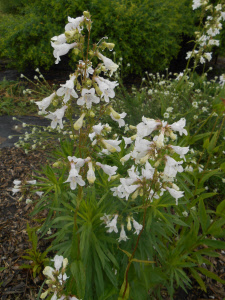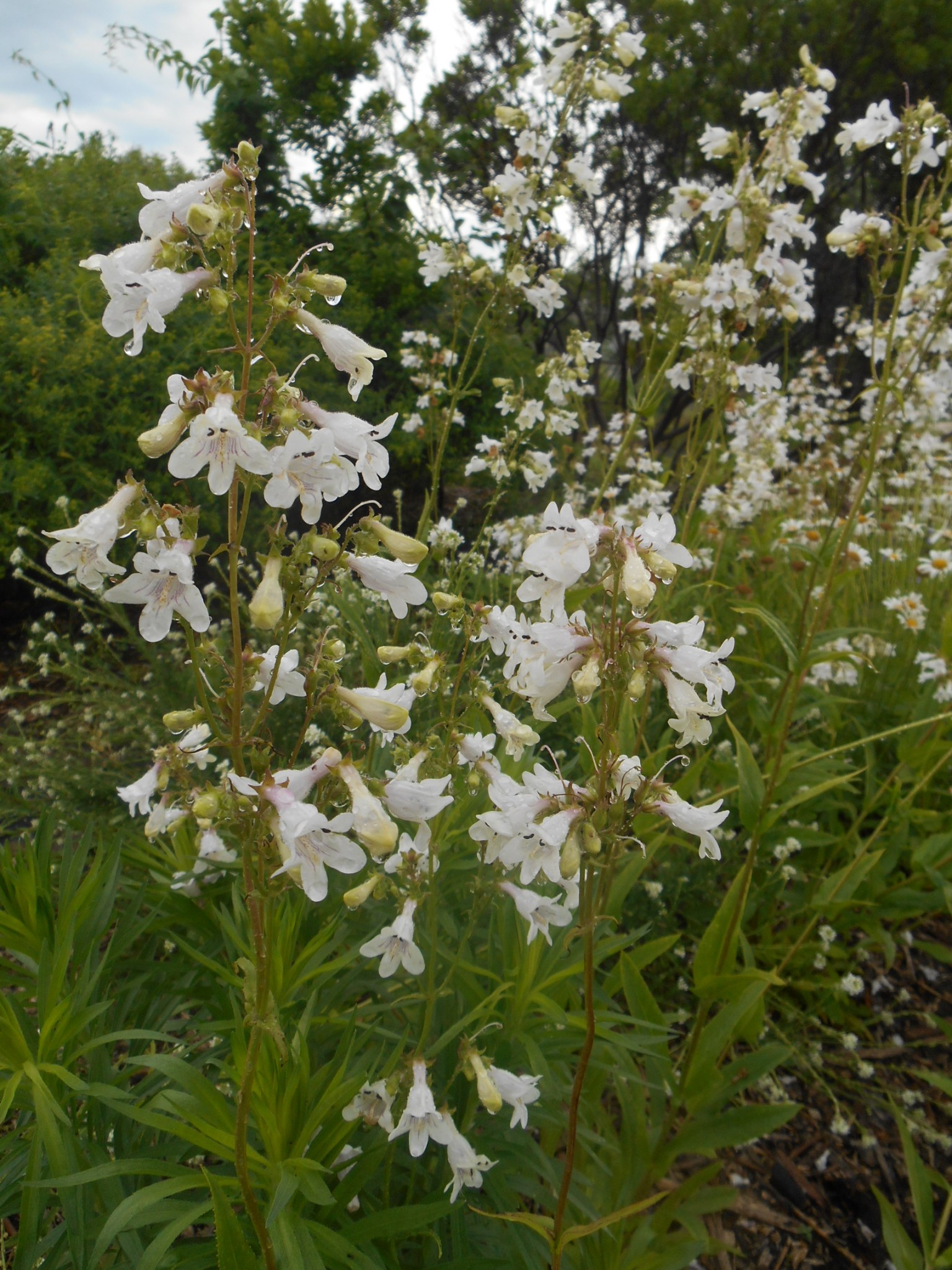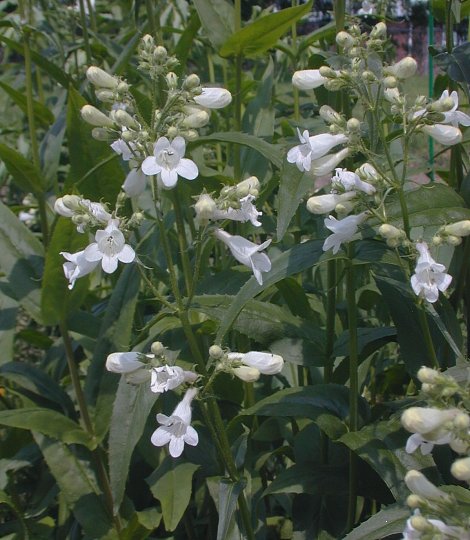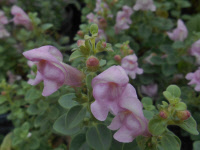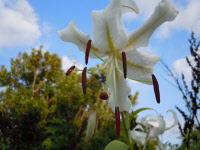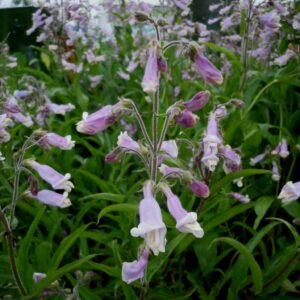Description
ARCHIVED
Note: This is a plant not currently for sale. This is an archive page preserved for informational use.
Palest of pink tubular bells in June – deadhead for rebloom. More vigorous and longer blooming than its well-known cultivar ‘Husker Red.’

